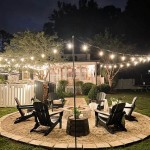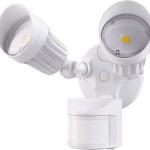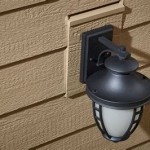Essential Aspects of Low Level Outdoor Lighting
Outdoor lighting not only enhances the aesthetics of your property but also provides safety and security. Low-level outdoor lighting is a crucial aspect of illuminating your outdoor spaces effectively. This article will explore the essential aspects of low-level outdoor lighting, providing valuable insights for homeowners and professionals alike.
Purpose and Benefits
Low-level outdoor lighting primarily serves the purpose of creating a safe and inviting atmosphere while adding aesthetic appeal. It can illuminate pathways, steps, decks, and other areas where visibility is essential for safe navigation. Additionally, it can highlight architectural features, enhance the ambiance of outdoor gatherings, and deter potential intruders.
Types of Fixtures
Various types of low-level outdoor lighting fixtures are available, each with its unique advantages and applications. Bollards and path lights are commonly used for illuminating paths and walkways. Recessed lighting provides a subtle glow, while step lights enhance visibility on stairs. Wall-mounted lights offer flexibility in placement and can create a welcoming ambiance at entrances and walls.
Light Sources
The choice of light source for low-level outdoor lighting is crucial. Traditional incandescent bulbs consume more energy and require frequent replacement. LED lights, on the other hand, offer significant advantages. They are energy-efficient, have a longer lifespan, and produce a brighter and more focused light. Some LED lights also offer color-changing capabilities, allowing for customization of the lighting ambiance.
Placement and Spacing
Proper placement and spacing of low-level outdoor lighting fixtures are vital for optimal illumination and safety. Consider the purpose and usage of the area being illuminated. For pathways, fixtures should be spaced evenly to provide consistent light. Around steps, lights should be placed near the edges to enhance visibility. Overcrowding fixtures can create glare and reduce effectiveness.
Control Options
Having control over your low-level outdoor lighting allows you to adjust the brightness and duration of the light. Manual switches are a simple way to turn lights on and off, while timers offer automatic operation based on set intervals. Motion sensors can provide hands-free convenience and deter unauthorized activities. Wireless control systems provide smartphone control for added convenience and flexibility.
Safety and Maintenance
Electrical safety is paramount in outdoor lighting. Ensure that fixtures are properly grounded and installed by a qualified electrician. Regular maintenance is also crucial to keep your lighting system in good working order. Cleaning fixtures, changing bulbs, and inspecting for damage will extend their lifespan and ensure optimal performance.
Outdoor Lighting Ideas 10 Designs Architecture Design

Lightpro 12v Low Voltage Oberon Smart 5w Ip44 Post Light

Planning Your Low Voltage Outdoor Landscape Lighting 1000bulbs Blog

Smart Outdoor Led Lighting Haven

Create Outdoor Ambiance With Deck Lighting Ideas Advice Lamps Plus

Landscape Lighting Outdoor The Home Depot

10 Best Outdoor Lighting Ideas Landscape Design Secrets A Piece Of Rainbow
Outdoor Lighting Ideas 10 Designs Architecture Design

Enfield Sensory Garden Bright Earth Technology For Smart Gardens

Landscape Lighting Ideas For The Front Yard Of Your Home
Related Posts







